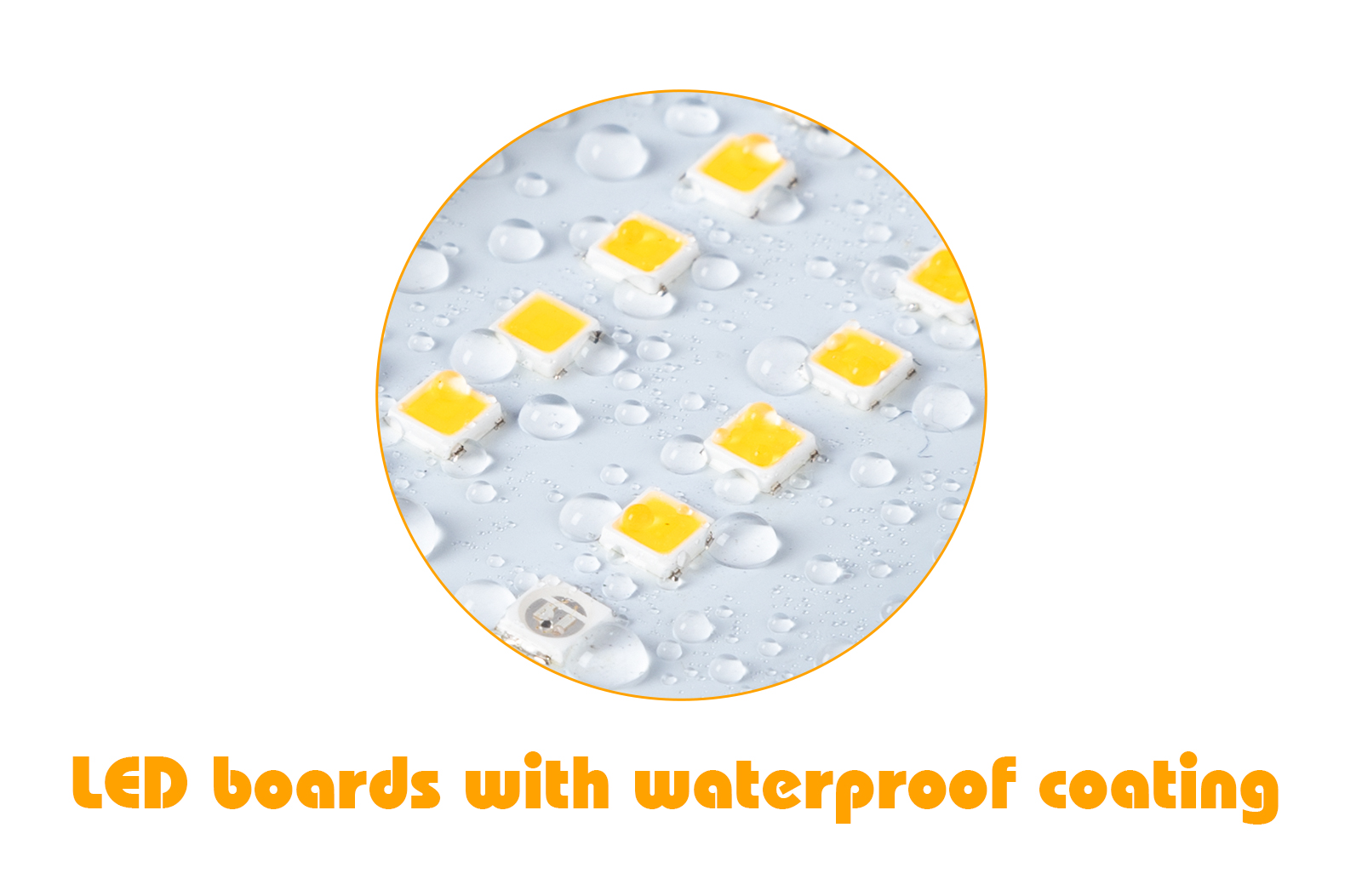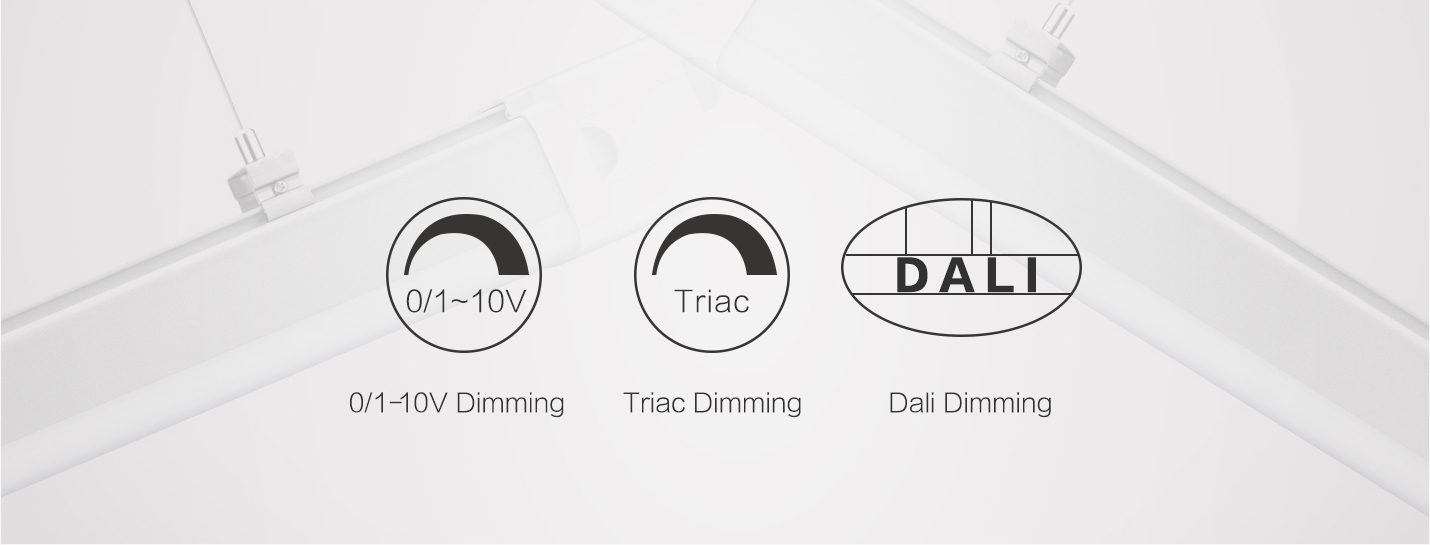By subscribing, you agree to our Terms of Use and Policies You may unsubscribe at any time.
A team of researchers in China has created a color-changing material that, when placed on the lid of a vaccine vial, can track temperature change and its effect on the vaccine. Led Linear High Bay Light

Apart from vaccines, many food items and medicinal supplies require a certain temperature to remain usable. The new material can help us check the safety and usability of all such products.
For example, imagine on a hot summer day, a refrigerated truck is delivering COVID vaccines from a remote facility to hospitals and clinics in the city's center. The truck's cooling system stops working for a few hours during the journey without warning and then restarts automatically.
Now if the lids of the vaccine vials have the proposed color-changing material, the color of those lids will change in case the vaccine’s quality and safety are compromised. Otherwise, no one, including the doctors, would ever know of the vaccine quality change.
Some options, like wireless electronic sensors and color dyes, can already monitor the temperature of food and medicinal products. However, these existing solutions have several limitations.
For instance, items like vaccines are stored at freezing temperatures —- the hues of traditional dyes fade away, and wireless sensors require continuous maintenance in such conditions.
Moreover, if each product has a wireless sensor, this will probably give rise to millions of tons of additional electronic waste each year. To overcome such limitations, the researchers used structural colors for their study.
You can add color to an object by using pigment-based materials such as dyes or structural colors that employ colorless nanoparticles to change how a surface reflects light. Recently, scientists at the University of Central Florida created the world’s lightest paint based on structural colors.
When light falls on an object coated with structural colors, the arrangement of the nanoparticles on the object's surface makes the light bend at certain angles and, eventually, decides the wavelength of the reflected light.
So, for example, if scientists want an object to appear red, they will arrange the nanoparticles so that the object will reflect light with a red-color wavelength. The current study's authors used structural colors to create a self-destructible, color-changing, temperature-indicating material.
Adapted from ACS Nano 2023
The color-changing material comprises two components; glycerol-coated silicon-dioxide nanoparticles and a solution made by mixing ethylene glycol, water, and polyethylene glycol. The SiO2 particles could reflect red and bright-green color lights, whereas the solution was sensitive to different melting points.
They combined the two components and created a material capable of monitoring temperature changes ranging between -70°C to 37.2°C (-94°F to 99 °F). They tested the material by placing them on a vial lid.
When the vial was kept in a freezing environment, the material on its lid was green in color. However, when it was shifted to a warm climate, the microcrystals in the material fell apart as its solution component underwent melting. After some time, the material became colorless, indicating that the temperature exceeded the recommended levels.
The researchers note, “These systems were very sensitive and successfully indicated when the materials got too warm.” Currently, the research work is only a proof of concept, but they believe their approach could emerge as a promising way to maintain the quality of goods in cold supply chains in the future.

Cold Room Led Lighting The study is published in the journal ACS Nano.